There’s an eel – the giant moray – that teams up with the roving coral grouper to hunt for grub (i.e., cooperative hunting). The eel is slick enough to slither into crevices and flush out food for a feast. How’s that for a wingman!?
Look at them hitting the scene!
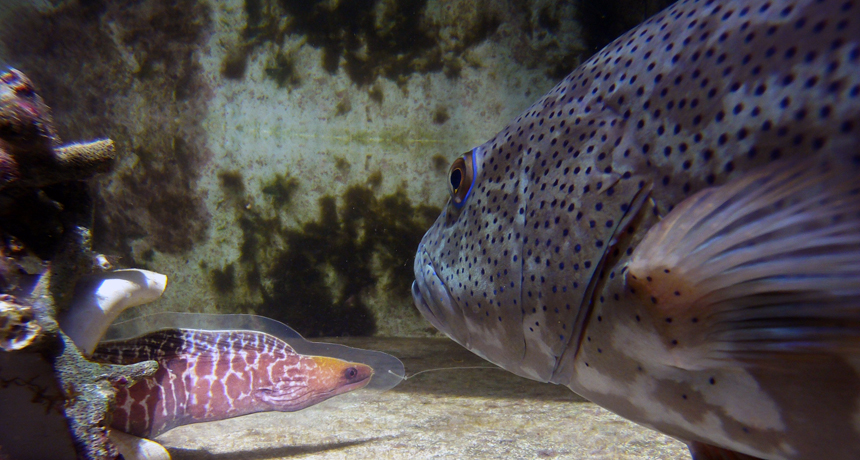
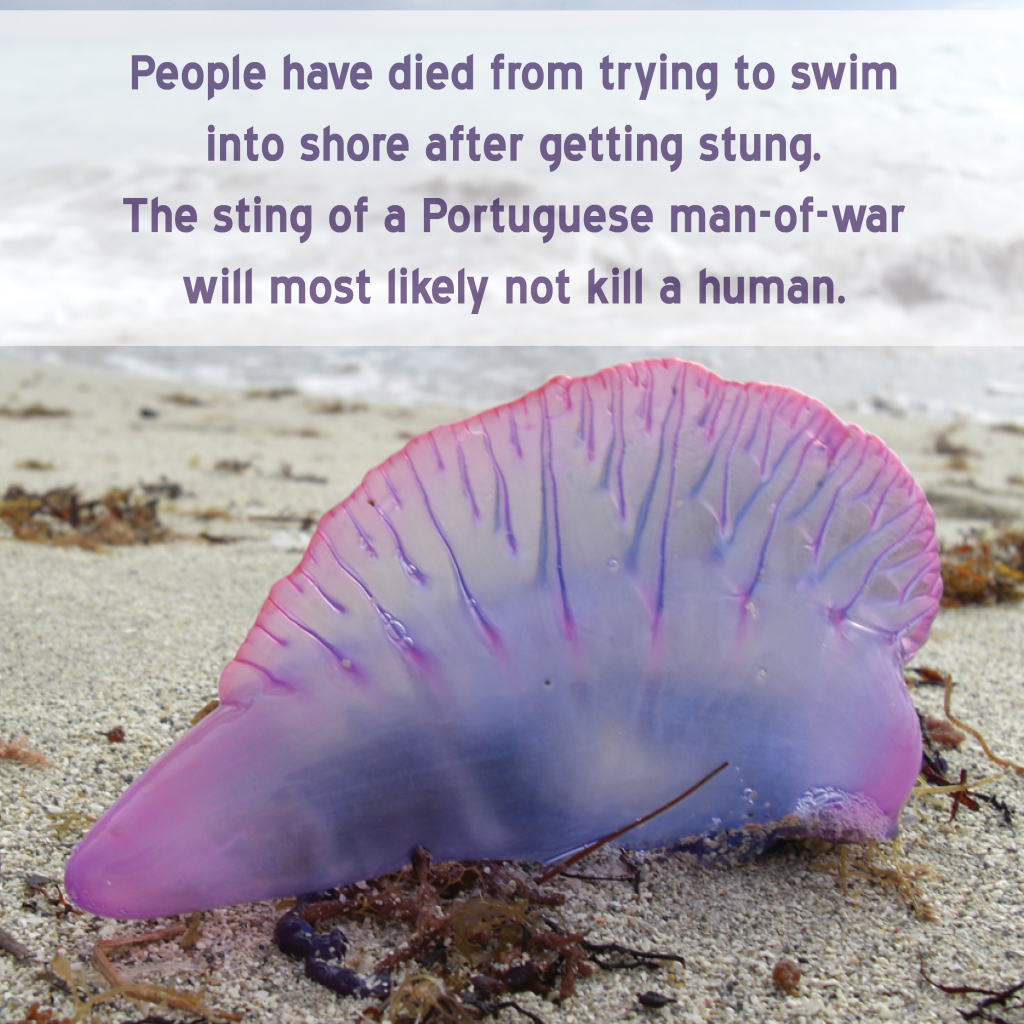



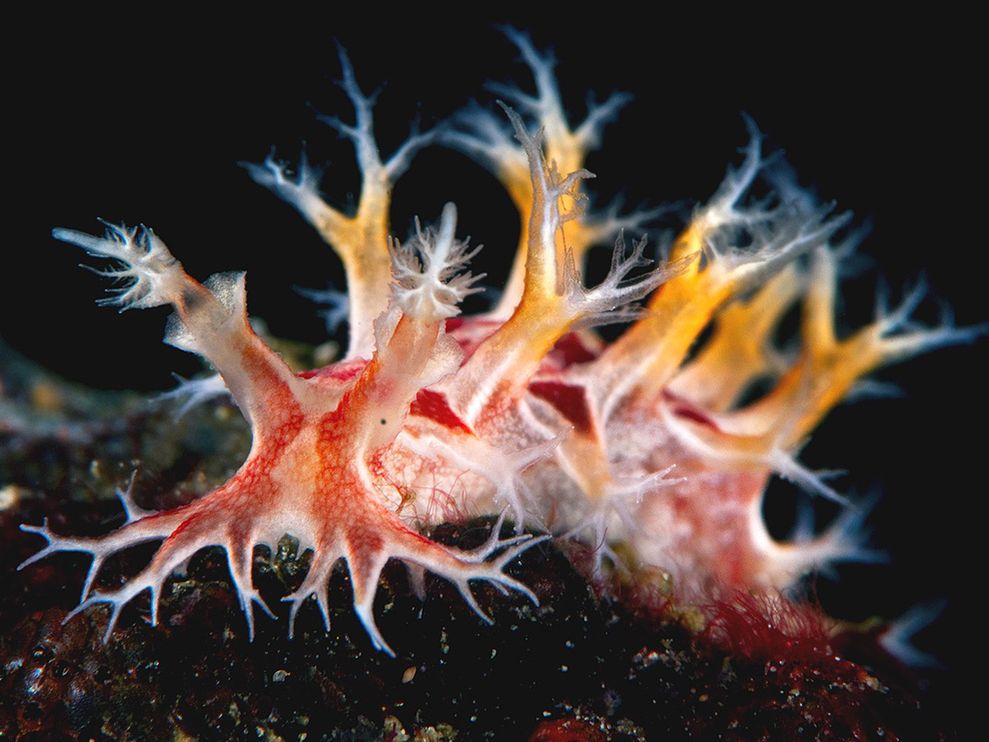

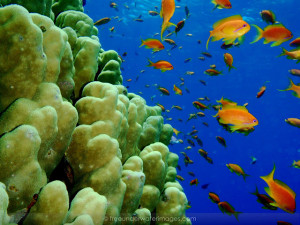



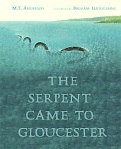



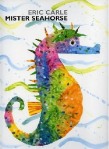














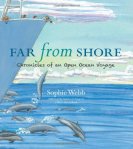









What people are saying …